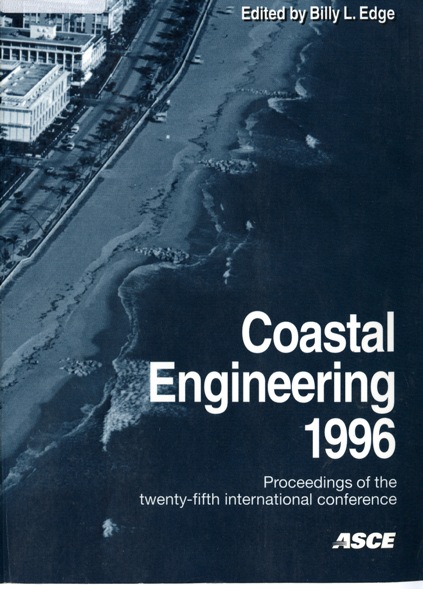Abstract
In coastal areas under tidal influence, recurrent dredging is an important part of the maintenance work to secure the nautical situation and the functionality of the harbors. In the past, the orientation of dredging activities was purely economic but since the early 80's, environmental concerns have rapidly increased and these concerns often define the limiting or determining factors that cover all parts of such operations in the marine region. At present, the sometimes quite different interests of engineering and ecological groups are becoming more gentle. Besides the natural learning effect from the changes in general, economic conditions are also an important factor. This situation especially applies when maintenance dredging takes place within the limits of a national park where environmental concerns have the highest priority. The scope of the engineering investigations was the estimation of the environmental capacity as a function of hydrology, sedimentation and biology leading to a specific management for dredging and disposal areas.
Authors retain copyright and grant the Proceedings right of first publication with the work simultaneously licensed under a Creative Commons Attribution License that allows others to share the work with an acknowledgement of the work's authorship and initial publication in this Proceedings.

